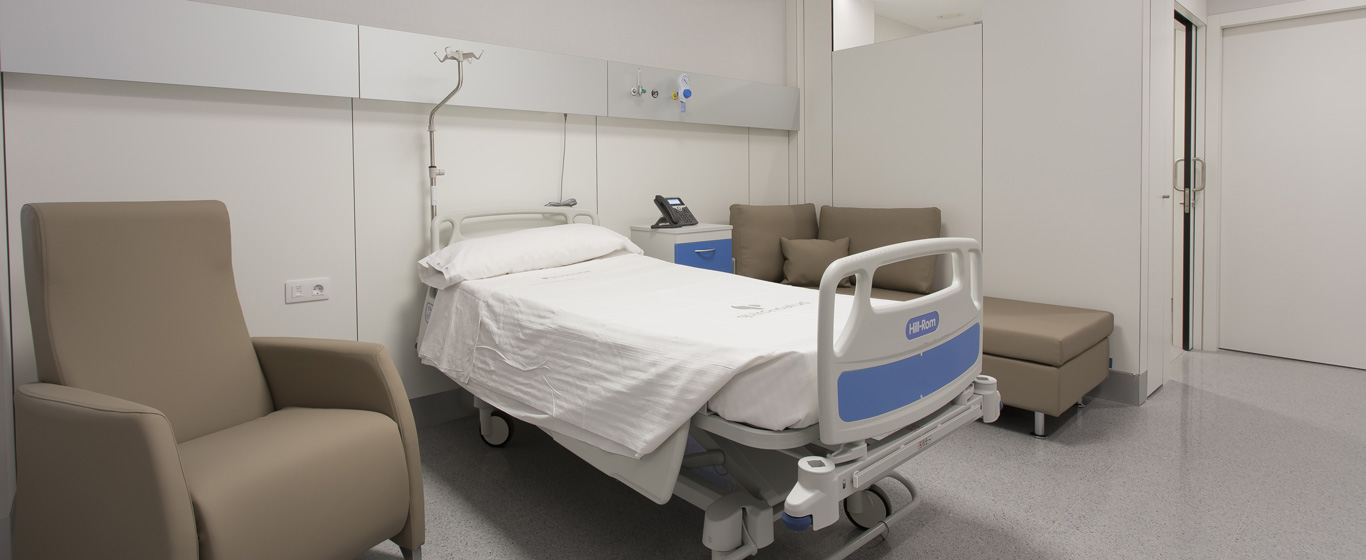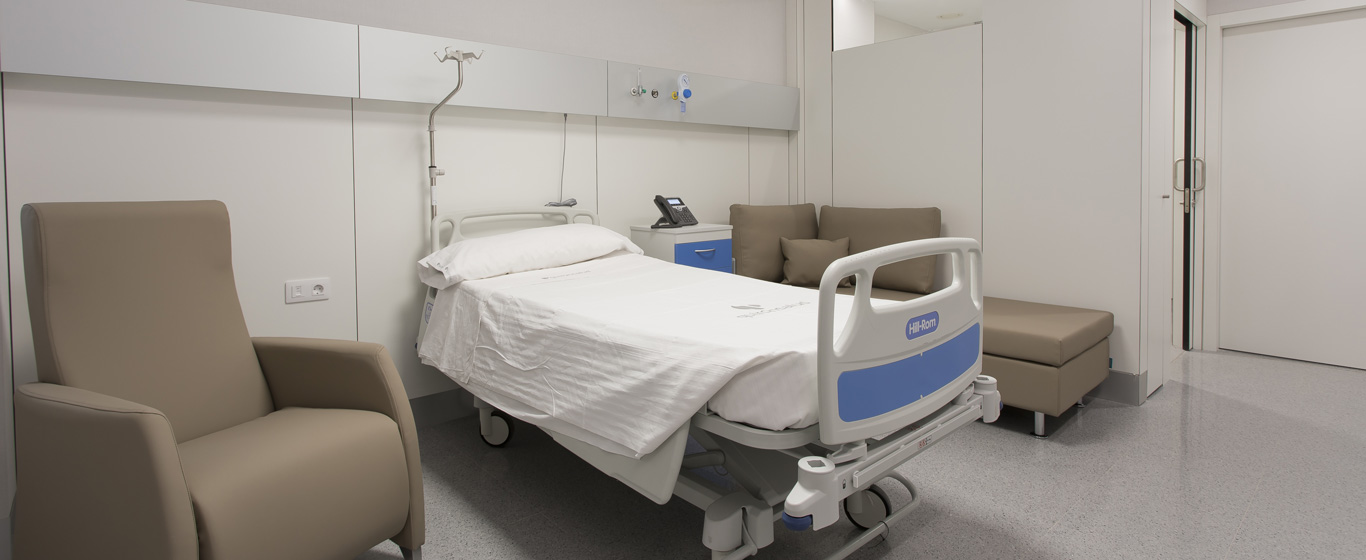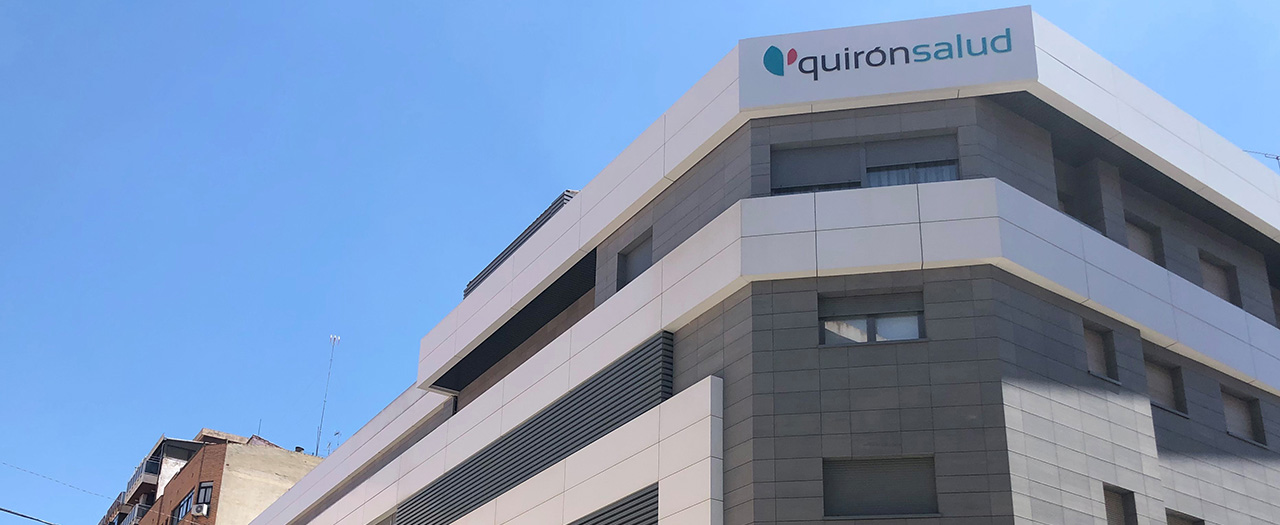Granulomas
What are the types of granulomas? All the information about this condition: types, symptoms, and causes.
Symptoms and Causes
Granulomas are nodular structures formed by the accumulation of immune cells, mainly macrophages and T lymphocytes, as the body’s response to a threat. They are a specific immune response formed to encapsulate foreign particles, microorganisms, or damaged tissue. They can appear anywhere in the body but usually affect the lungs or skin. They are not cancerous formations and are not contagious.
Granulomas can be divided into two main groups:
- Caseating or necrotizing granulomas: they present a central region of dead tissue.
- Non-caseating or non-necrotizing granulomas: they do not have necrotic tissue. These are more common.
Additionally, granuloma types can be classified based on their formation and manifestation:
- External or cutaneous granulomas: they affect the skin.
- Annular granuloma: characterized by a reddish ring-shaped presentation up to five centimeters in diameter.
- Localized: concentrated in specific regions, usually the hands, wrists, feet, and ankles. This is the most common type.
- Generalized or disseminated: spreads across the trunk, arms, and legs.
- Subcutaneous: no visible rash, but small lumps appear beneath the skin of the hands, shins, and scalp.
- Perforating: causes oozing of viscous liquid (collagen) that forms a crust. It typically appears on the hands, abdomen, and back.
- Pyogenic granuloma: vascular nodules (formed by blood capillaries) that grow rapidly. They appear on the skin and mucous membranes of the mouth. They are bright red, can reach one to two centimeters in size, and bleed easily.
- Foreign body granulomas: form around an exogenous material that has entered the skin or eyes.
- Internal granulomas: form in internal organs such as the lungs, lymph nodes, or liver. They usually do not have visible symptoms.
- Calcified granulomas: form due to the continuous deposition of calcium. They are common in the lungs and liver.
Symptoms
The most common symptoms of a granuloma are as follows:
- A reddish, purple, or brownish bump with a spherical, oval, or ring-like shape.
- Itchiness may occur.
- Occasionally, bleeding or discharge.
Causes
Granulomas form when immune system cells group together to isolate and contain an infection or foreign agent they are unable to eliminate. This immune response has different triggers:
- Infectious diseases: such as tuberculosis, leprosy, hepatitis, or syphilis. These lead to caseating or necrotizing granulomas.
- Inflammatory or autoimmune diseases: such as sarcoidosis, granulomatous dermatitis, or granulomatosis with polyangiitis.
- Medications: such as calcitonin, diclofenac, corticosteroids, or those used in chemotherapy.
- Exogenous bodies introduced into the body:
- Insect bites or animal bites.
- Thorns or splinters.
- Vaccines and injections.
- Microorganisms introduced through wounds or injuries.
- Ultraviolet rays.
- Chemical substances, such as tattoo ink, collagen, paraffin, silicone, hyaluronic acid, or aluminum, among others.
- Surgical sutures or staples.
- Textile fibers.
- Natural or artificial hair.
Risk Factors
Predisposing factors for granuloma formation include:
- Exposure to infectious agents.
- Contact with chemical substances.
- Diabetes.
- Hormonal disorders.
- Pregnancy.
- Cancer.
Complications
Granulomas themselves do not pose a danger and typically disappear on their own over time, although the process can take months or years. The severity of the granuloma is determined by its underlying cause, as they may be a symptom of serious chronic diseases.
Prevention
To prevent the appearance of granulomas, some measures can be taken against their underlying causes:
- Vaccination against infectious diseases.
- Control the risk of infection:
- Maintain adequate personal and environmental hygiene.
- Complete the corresponding antibiotic and antifungal treatments.
- Avoid contact with infected individuals.
- Properly clean and treat wounds.
- Protect yourself from ultraviolet radiation.
- Take extra care after cosmetic procedures such as tattoos, silicone implants, or collagen or hyaluronic acid injections.
What doctor treats granulomas?
Cutaneous granulomas are diagnosed and treated in dermatology units and general surgery.
Diagnosis
Tests performed to confirm the presence of a granuloma include:
- Physical examination: external cutaneous granulomas are visible to the naked eye.
- Imaging tests: granulomas formed in internal organs can be visualized by X-ray, ultrasound, or CT scan.
- Biopsy: a tissue sample is taken from the granuloma via needle aspiration to confirm the diagnosis and classify it.
Treatment
When the granuloma is caused by infectious, inflammatory, or autoimmune diseases, the underlying condition is treated. In other cases, although granulomas usually disappear on their own without treatment, several options are available:
- Corticosteroid creams: reduce inflammation and speed up the healing of cutaneous granulomas.
- Corticosteroid injections: if topical application is ineffective.
- Antibiotics or antifungals: when the granuloma is due to the action of microorganisms.
- Curettage and cauterization: the granuloma is scraped off and cauterized to prevent recurrence. This is especially used for pyogenic granulomas.
- Phototherapy: light, usually laser, is applied to remove or reduce the size of the granuloma.
- Cryotherapy: it is eliminated by applying liquid nitrogen.






































































































